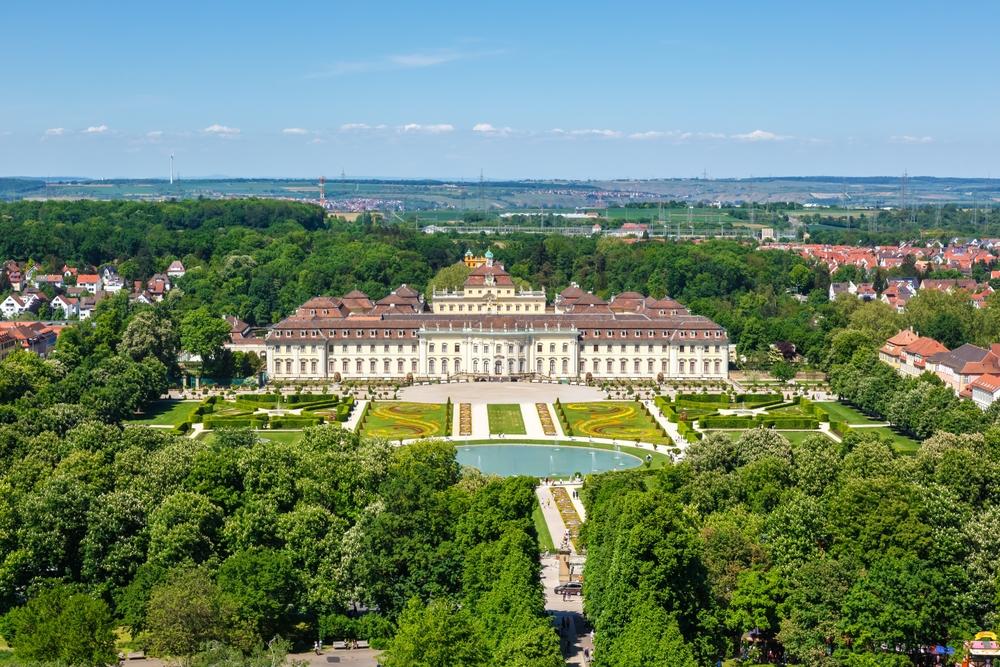Ludwigsburg Palace (Schloss Ludwigsburg), just north of Stuttgart, Germany, is one of Europe’s largest Baroque complexes. The palace estate bears many similarities to Versailles in terms of size, historical importance, and architectural styles and is nicknamed the “Swabian Versailles” for its location in the southwestern region of Germany known as Swabia.
Eberhard Ludwig, Duke of Württemberg, built a hunting lodge on the grounds in 1704. In 1718, the duke enlarged the site into a sumptuous palace, featuring 18 buildings, 452 rooms, and a beautiful 79-acre park. Carl Alexander, Duke of Württemberg, Eberbard Ludwig’s successor, added apartments in the French Rococo style.






